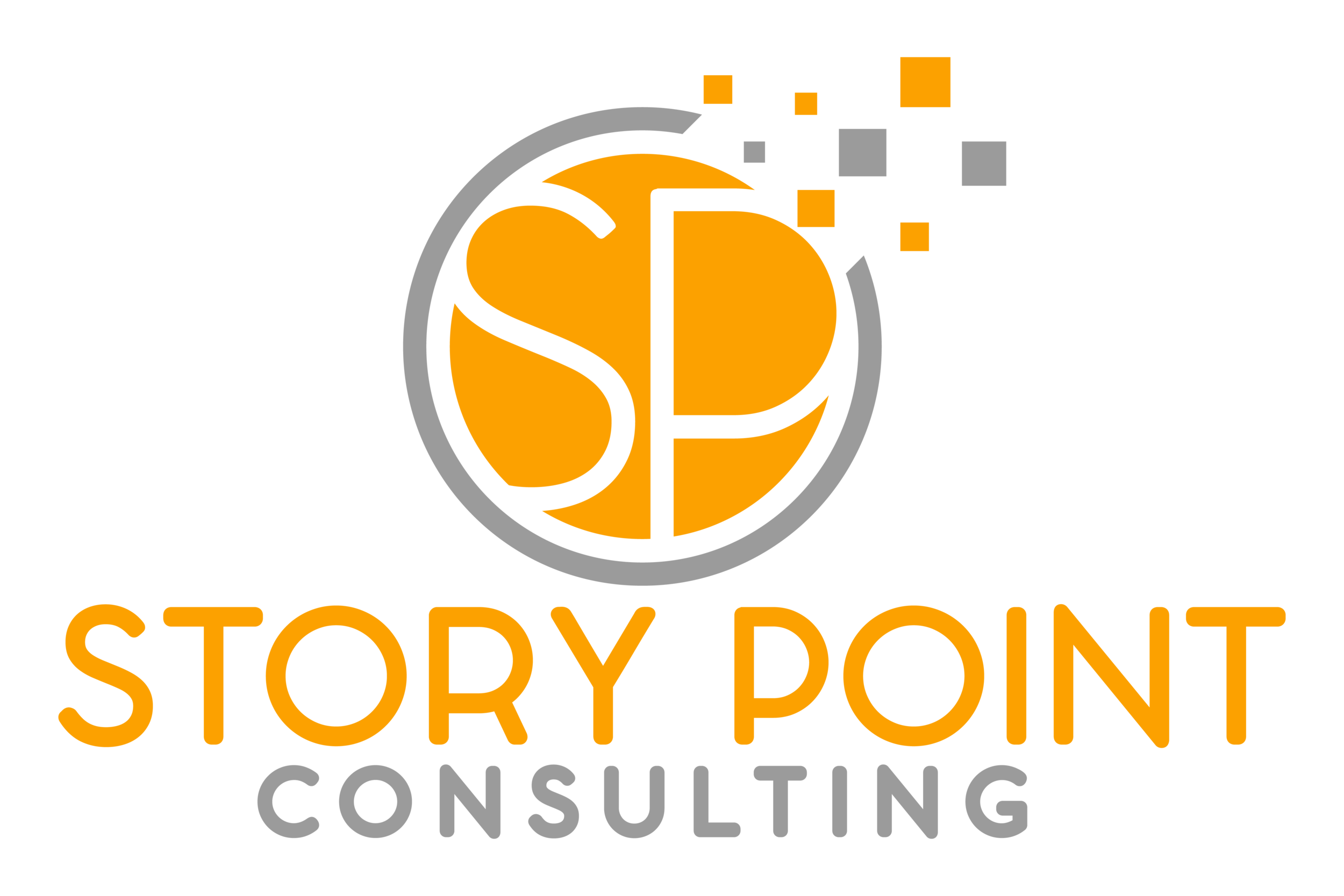Donor Segmentation Made Simple
What is donor segmentation?
Segmentation, in simple terms, is grouping donors with similar criteria or attributes together. It allows your organization to cultivate deeper relationships with those that support your organization by speaking to groups of donors in a more personal way as determined by their characteristics.
Segmenting the data in your donor database is a great way to focus your resources in key areas, and tailor your communications to different groups of donors. This is especially helpful if you are a small, or one person shop. Over time, you will get to know and understand your donors' better, and hopefully it will lead to them supporting your organization for a long-time, or with a larger gift in the future.
Benefits of donor segmentation
All organizations regardless of size can benefit from donor segmentation. However, many nonprofits do not have the staff or capacity to build personalized connections with all of their donors, which is what makes segmentation so effective especially for small, or one-person teams. If you have a small team, maybe the thought of going through all of your donors and creating different groups can seem like a large task. But, in the end segmenting your donors actually creates less work, and your team can work more efficiently.
Segmentation and donor communications
Organizations that send personalized communications to their donors typically have stronger engagement than organizations that do not. And for most of us, personalized interactions are more preferable to generic messages.
For example, imagine that you are a long-time donor that’s made multiple gifts to an organization whose cause is close to your heart. You receive an email of thanks for your most recent gift which also happens to be your largest gift. You receive a letter that starts like this, “Dear Donor, Thanks so much for your generous donation.” Unfortunately, this organization sends the same thank you letter to each of their supporters. The letter is not personalized, and makes no reference to the fact that this donor is a long-time supporter.
If this organization had used segmentation they could have identified that this was a loyal donor, and created a communication that acknowledged that fact. This is one example of how an organization missed an opportunity to start building long-term relationships with donors that are loyal to their mission.
How do you segment donors?
The information that your organization collects about your donors will determine the segments that you create. However, there are some common segments that many nonprofits can create using a small amount of data.
Gift Amount. The donors at your organization give varying amounts of support. Using segmentation the donor amount can be used to determine your appeals. For donors that give more modest amounts, they may be encouraged to join a monthly giving program, whereas donors that give a major gift, may be asked to fund a larger initiative.
Preferred method of communication. Different donors prefer different methods of communication, and tracking their preferred channels of communication can boost your engagement with those that support you. Some donors will be receptive to email, while others may prefer text, while some may prefer an in-person conversation. Recording these preferences allows for a personalized experience with your donors.
Donor Type. Segmenting by the type of donor can be very effective. This segmentation can include categories such as annual donors, first-time donors, and lapsed supporters. For instance, with new donors, the goal is to generate interest in the organization, while with past donors, the aim is to reconnect with them if they have not provided support over a number of years. Recognizing these differences and customizing communication can enhance donor relationships leading to increased loyalty and participation with your organization.
Getting started with your segmentation strategy
When you are analyzing your donor data, really try to think about how you can use what’s available to your organization to create more effective communications and better engage with your donors. Use data that is easy to access now, and create a plan to get additional data in the future.
Collecting data such as donor contact information, giving history and how they interact with your organization can all be used to segment your donors. Before you start to segment your database, your data should be clean, as you want the data to be as accurate as possible when creating your segments. Additionally, you will need to consider your nonprofit’s fundraising goals as they will be a factor in which segments you choose. And as your organization gets more comfortable with segmentation, you may be able to identify and create even more valuable segments.
Donor segmentation is an incredibly important tool to build relationships with your donors, and is key to retaining those that support your organization. Even if you are new to segmentation and don’t have a lot of data, start small with segments that are manageable for your team. Furthermore, your segmentation strategy should align with your fundraising goals so don’t be afraid to update them over time to align with what your organization is trying to achieve.

